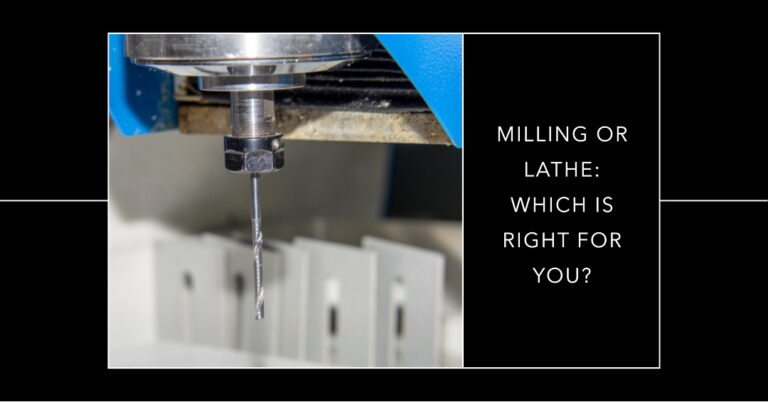Knee Mill vs Bed Mill

Machining has come a long way, thanks to tech upgrades and tool innovations. If you’re a machinist, picking the right milling machine is crucial. The knee mill and bed mill are two popular options, sparking an ongoing “Knee Mill vs. Bed Mill” debate.
In this piece, we’ll unpack the key differences between these two machines. This will help you figure out which one fits your workshop or project best.
Knee Mill vs Bed Mill: What’s the Difference?
Machining tools come in many shapes and sizes, but the knee mill and bed mill really stir the pot. Both are key players in milling, yet they have their unique traits.
Knee Mill:
The knee mill, also known as a turret mill, has an adjustable table that moves up and down. This vertical movement lets you set the workpiece height easily.
Bed Mill:
In a bed mill, the table is stationary. The spindle or head moves instead, taking care of the vertical adjustments for you.
Why It Matters
This might seem like a small difference, but it greatly affects how these machines work. Their design, ease of use, and capabilities differ in ways you’ll soon understand.
Design and Construction
A knee mill moves its table via a large screw, either by hand or motor. It offers more angles for cutting, as its spindle head can swivel and tilt. Bed mills have fewer moving parts, making them easier to maintain. They can also handle heavier workpieces thanks to a stationary table.
Size and Weight
Knee mills are compact, making them great for smaller workshops. But they may struggle with larger workpieces. Bed mills are bulkier but can handle more substantial tasks, given their size.
Rigidity and Stability
Knee mills may offer less rigidity due to an adjustable table. Bed mills, with their stationary tables, are often more stable, ensuring consistent results.
Ease of Use
Knee mills are often more user-friendly, especially for beginners. Bed mills may have a steeper learning curve but offer advantages once you get the hang of them.
Accuracy and Precision
Knee mills may suffer from slight table movement over time, affecting precision. Bed mills, being more rigid, generally offer better accuracy.
Versatility
Knee mills win in versatility due to their adjustable table and swiveling spindle. Bed mills offer versatility in a different way, thanks to multi-axis spindle heads.
In a nutshell, your choice between a knee mill and a bed mill hinges on what you prioritize whether it’s ease of use, precision, or versatility.
Conclusion:
Knee mills and bed mills each have their pros and cons. Your choice boils down to what you need, how much space you have, and what you prefer. Want hands-on control? Go for knee mills. Need stability and precision? Bed mills are your best bet. Knowing these differences helps you pick the right tool for your job.
FAQs:
1. Which is better: bench knee or bed mill?
There isn’t a one-size-fits-all answer to this. The better choice depends on your specific needs. A bench knee mill might be more suitable if you value adjustability and have a smaller workspace. However, if rigidity, precision, and handling larger workpieces are your priority, a bed mill is often the better choice.
2. What is a knee mill?
A knee mill, also known as a turret mill, is a type of milling machine where the worktable is vertically adjustable, moving up and down along a knee-like component. This movement allows for positioning the workpiece at different heights relative to the spindle, which holds the cutting tool.
3. What is the difference between a bed mill and a turret mill?
The primary difference lies in the design and movement. In a bed mill, the worktable is fixed, and the spindle moves vertically. In a turret mill (often synonymous with a knee mill), the table moves vertically. At the same time, the spindle head, holding the cutting tool, remains stationary but can often swivel and tilt to approach the workpiece from different angles.






